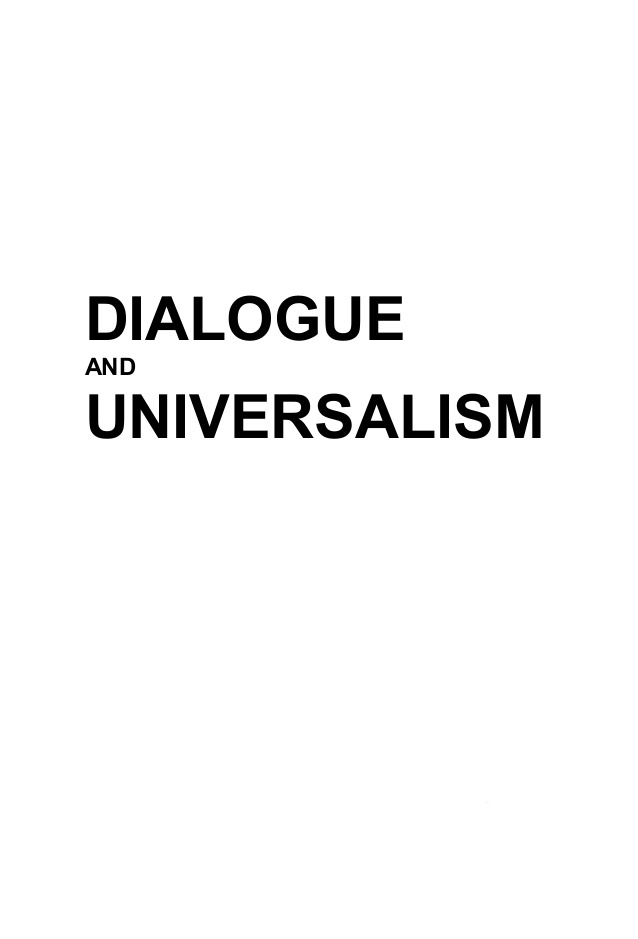AUTONOMY OF ART AND ITS VALUE
AUTONOMY OF ART AND ITS VALUE
Author(s): Manjulika GhoshSubject(s): Social Philosophy, Special Branches of Philosophy
Published by: Instytut Filozofii i Socjologii Polskiej Akademii Nauk i Fundacja Filozofia na Rzecz Dialogu
Keywords: value of art; art’s autonomy; inter-cultural dialogue; aesthetic spirit
Summary/Abstract: The problem investigated in this paper is that of the value of art in terms of its autonomy.The value of art does not reside in the imitation of life nor does it consist in its representationalfunction. This idea is as old as Plato. Art’s autonomy wherein we locate itsvalue, is actually the autonomy of the artist. The artist is not merely free to choose hissubject matter, he is also free to bring about the contrasts and the syntheses among thediverse constituents of the work in a particular medium. Artist’s function in this regard isone of problem-solving. To the aesthetic mind problem solving suggests finding for theline, arrangement of mass, colour, shape, etc., a support which passes through them andgoes beyond itself to the less definable. If this autonomy of the artist is compromised, artbecomes causally determined and is made to serve some ideological agenda.There are, indeed, great works of art which have inspired the human mind and enabledit to withstand unabashed inhumanity; in which man has taken refuge in sufferingand death. It may promote inter-cultural understanding. Yet, the value of art is not to bejudged by ends extraneous to it. It is not given antecedently nor is it an establishedproperty of things. The value of art is intrinsic to it unfolding the inexhaustibility of theaesthetic spirit.
Journal: Dialogue and Universalism
- Issue Year: 2017
- Issue No: 3
- Page Range: 39-53
- Page Count: 15
- Language: English
- Content File-PDF

